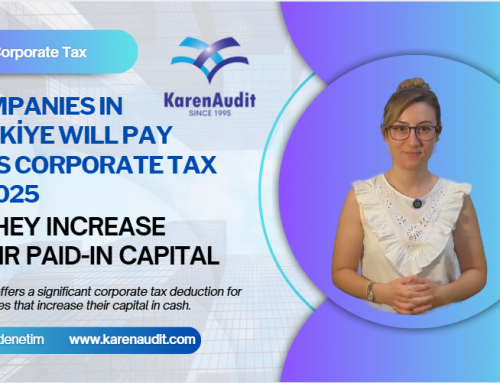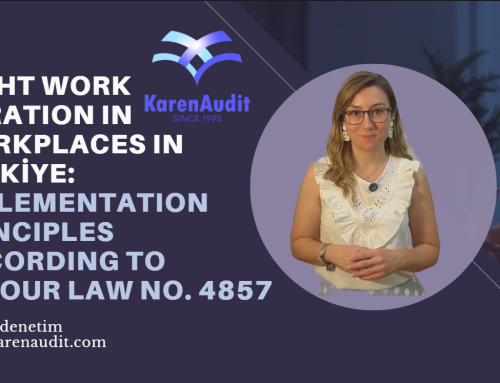November 15, 2022
- The first quarterly estimate of UK gross domestic product (GDP) shows an estimated fall of 0.2% in Quarter 3 (July to Sept) 2022.
- Monthly estimates published today (11 November 2022) show that GDP fell by 0.6% in September 2022 which was affected by the bank holiday for the State Funeral of Her Majesty Queen Elizabeth II, where some businesses closed or operated differently on this day.
- In output terms, there was a slowing on the quarter for the services, production and construction industries; the services sector slowed to flat output on the quarter driven by a fall in consumer-facing services, while the production sector fell by 1.5% in Quarter 3 2022, including falls in all 13 sub-sectors of the manufacturing sector.
- In expenditure terms, real household expenditure fell by 0.5% in Quarter 3 2022, while there were also large positive movements in international trade flows in the third quarter.
- Compared with the same quarter a year ago, the implied GDP deflator rose by 5.8%, primarily reflecting higher cost pressures faced by households.
The first quarterly estimate of UK gross domestic product (GDP) shows an estimated fall of 0.2% in Quarter 3 (July to Sept) 2022 (Figure 1). This follows a rise of 0.2% in the previous quarter. The level of quarterly GDP in Quarter 3 2022 is now 0.4% below its pre-coronavirus (COVID-19) level (Quarter 4 (Oct to Dec) 2019). Early estimates of GDP are subject to revision, for more information please refer to our Communicating the UK economic cycle methodology.
As published today (11 November 2022) in our GDP monthly estimate, UK bulletin, GDP is estimated to have fallen by 0.6% in September 2022. It is important to note that data for September 2022 are affected by the bank holiday for the State Funeral of Her Majesty Queen Elizabeth II, where some businesses closed or operated differently on this day. As this is a one-off event, this impact does not get removed from our seasonally adjusted estimates. This should be considered when interpreting the seasonally adjusted movements involving September 2022 and to a lesser extent the Quarter 3 2022 estimates. For more information on our treatment of the September 2022 bank holiday within the monthly figures, please refer to our GDP monthly estimate, UK bulletin.
Nominal GDP is estimated to have increased by 1.0% in Quarter 3 2022 and is 8.4% higher than the same quarter a year ago.
The implied GDP deflator rose by 1.2% in Quarter 3 2022, which was primarily driven by higher price pressures for household consumption (2.3%). The 5.2% increase in import prices in part reflect the higher price for fuels, which was larger than the 1.1% increase in export prices.
The implied GDP deflator represents the broadest measure of inflation in the domestic economy, reflecting changes in the price of all goods and services that comprise GDP. It is important to note that the GDP deflator covers the whole of the economy, not just consumer spending. This includes the “implied” price of government consumption, which is the expenditure that is incurred by government in producing non-market goods and services.
Compared with the same quarter a year ago, there was a 5.8% increase in the implied GDP deflator. This has been driven by strong rises for the price of household consumption (9.1%). There have also been large price movements in internationally traded goods and services, particularly in the imports of goods and services (21.2%). Imports get subtracted from GDP so a strong price rise in fuel imports acts to reduce the GDP implied deflator increase.
n Quarter 3 (July to Sept) 2022, services output was flat, production output fell by 1.5% and construction output rose by 0.6%. This reflected a slowing on the quarter for the services, production and construction sectors. Across all of output, there were increases in 10 of the 20 sub-sectors, while 9 sub-sectors saw a decrease on the quarter.
Source: Office for National Statistics of the UK
Legal Notice: The information in this article is intended for information purposes only. It is not intended for professional information purposes specific to a person or an institution. Every institution has different requirements because of its own circumstances even though they bear a resemblance to each other. Consequently, it is your interest to consult on an expert before taking a decision based on information stated in this article and putting into practice. Neither Karen Audit nor related person or institutions are not responsible for any damages or losses that might occur in consequence of the use of the information in this article by private or formal, real or legal person and institutions.






